Outer Islands in the Turks & Caicos Islands
The Turks and Caicos Islands consists of two distinct island groups: the Turks Islands and the Caicos Islands. Collectively, they support eight main islands, three private cays with resorts, and more than 90 uninhabited cays and rocks.
The uninhabited cays can be separated into attractions that welcome boat cruises and divers and isolated environments few ever explore.

Private Islands
There are three private islands in Turks and Caicos where you can book a stay. These islands offer a far quieter experience than what visitors staying on Providenciales (or even Grand Turk) generally encounter, and include the private resort islands of Pine Cay, Parrot Cay, and Ambergris Cay. All have white-sand beaches, turquoise water, and a peaceful atmosphere.
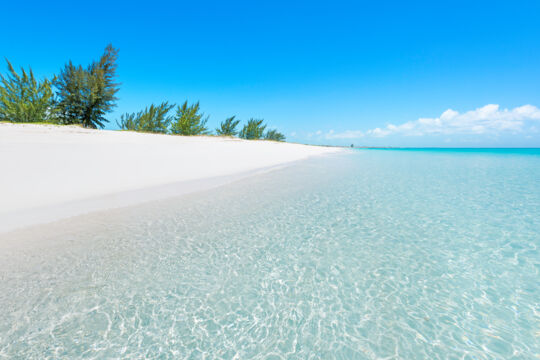
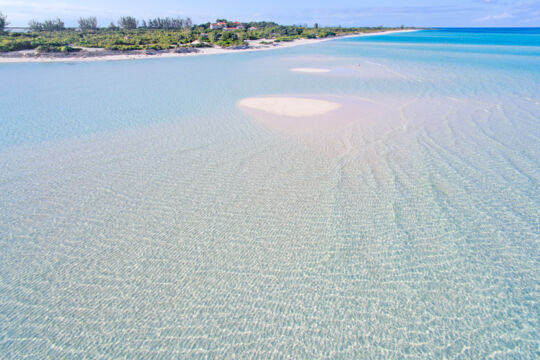
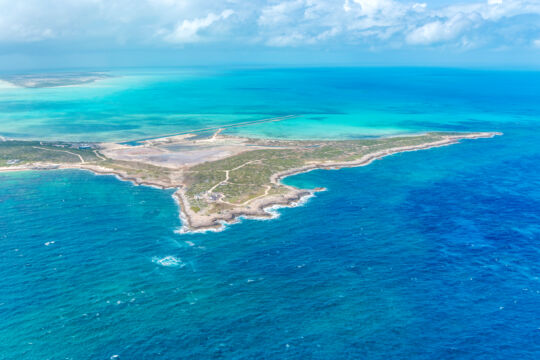

West Caicos and East Caicos
The country’s largest uninhabited islands are West Caicos and East Caicos. Remarkably few visitors set foot on these remote islands. Once home to Victorian era plantations since reclaimed by nature, they promise visitors raw natural beauty and sights rarely witnessed.
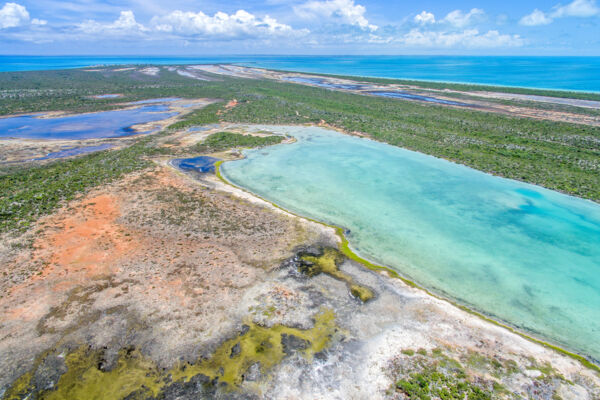
West Caicos
West Caicos is the last of the archipelago's islands to the west. Cobalt water, some of the country's top scuba diving sites, and turquoise Lake Catherine await nature lovers, while remnants of an 1800s-era farming town lie abandoned inland.
A few boat charter companies and scuba diving operators organize excursions to West Caicos, which is just a one-hour boat ride from Providenciales.
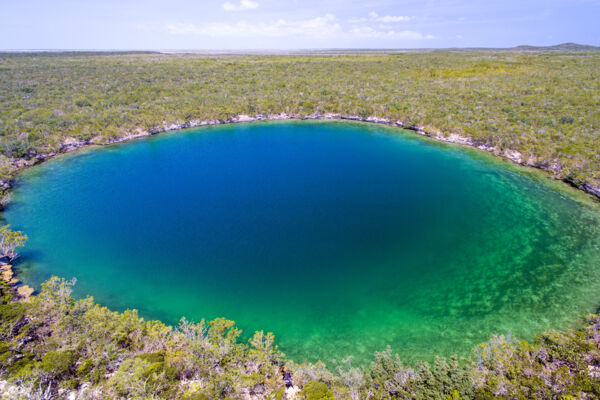
East Caicos
East Caicos is the country's largest uninhabited island, and is located between Middle Caicos and South Caicos. Inaccessible to most tourists and residents, it is a time capsule of fascinating archeological sites, awe-inspiring caves, and deserted plantations.
An incredible abundance of endemic and rare species—from endangered plants to migratory birds—is found here. East Caicos is only really accessible via private wilderness trips, which a few Providenciales companies offer.
What Is a Cay?
A cay (sometimes spelled key or caye) is a small island. The term generally refers to a small sandy reef or barrier island, yet in the Turks and Caicos, cay includes small marine limestone islands as well. Locally, the common pronunciation of cay is key (not simply the letter k).
Collectively, there are more than 100 named islands, rocks, and cays in Turks and Caicos, yet less than a third of these are commonly visited. Several cays offer unique attractions, from the endemic Turks and Caicos rock iguana to shimmering lagoons, sunken cannons, and historical sites.
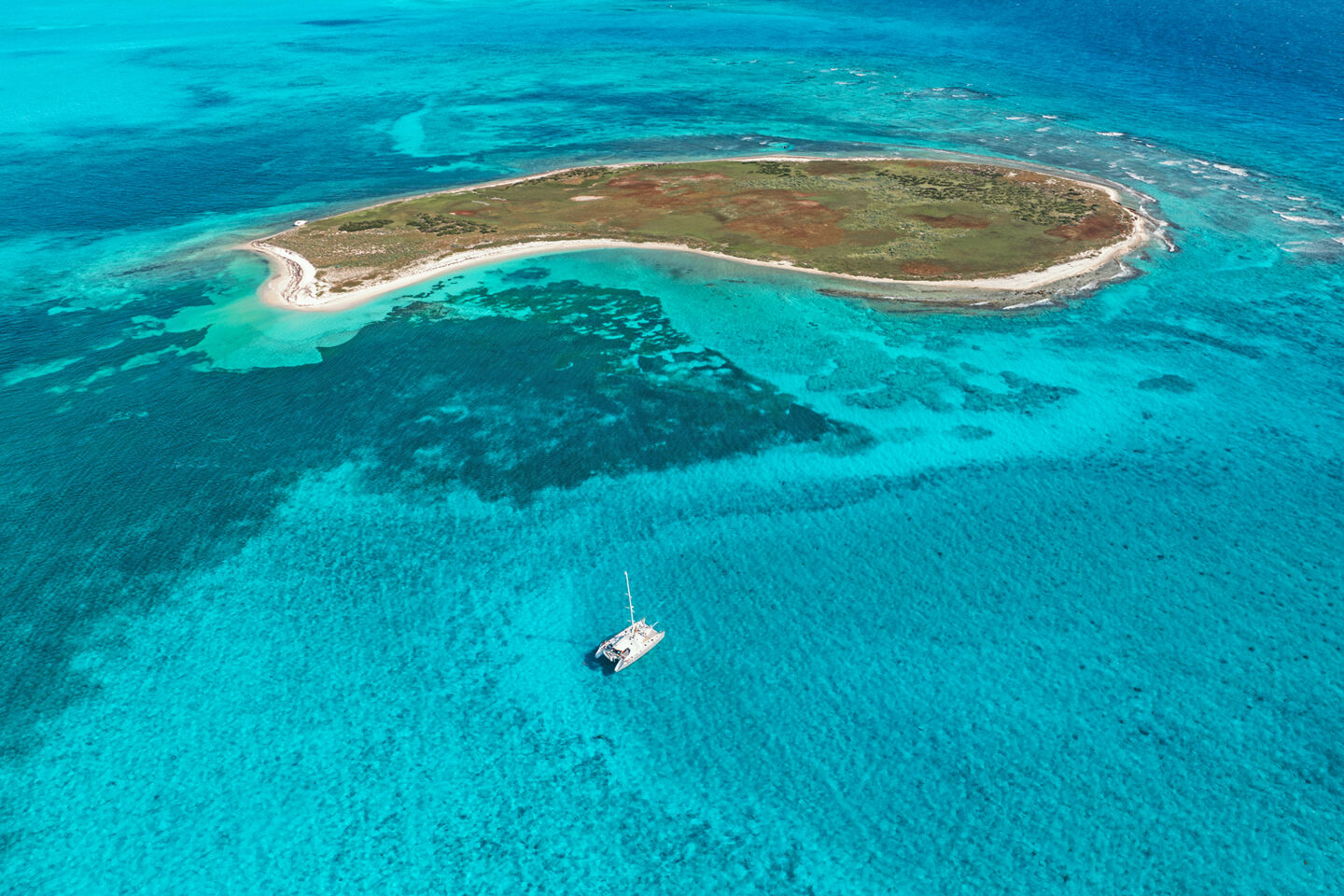
The Caicos Cays
The Caicos Cays are the main cay attraction for visitors to the Turks and Caicos. This chain of small limestone islands is enveloped in striking turquoise water perfect for swimming and is just minutes from Providenciales. Shared and private boat cruises visit them daily and combine beach-hopping, snorkeling, and time cruising at sea.
The Caicos Cays also includes the popular kayaking locations of Mangrove Cay and Donna Cay, as well as the private islands of Pine Cay and Parrot Cay.


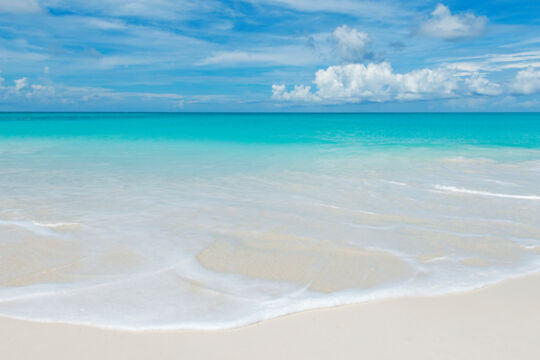
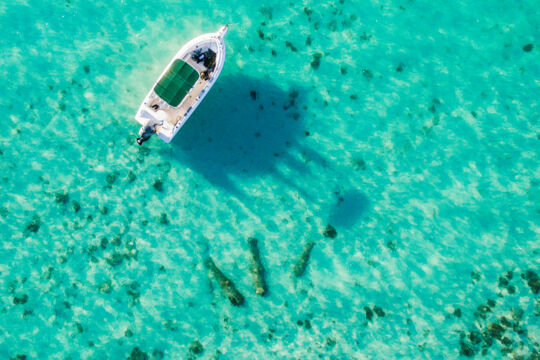

Other Cays
While the convenience of the Caicos Cays makes them the top boating destination in the country, several other cays offer great beach-hopping, wildlife encounters, and scuba diving offshore. French Cay and Gibbs Cay can both be visited on shared trips (scuba diving and stingray snorkeling tours, respectively), whereas Big Sand Cay, Long Cay, and Little Ambergris Cay are only really accessible via charter.








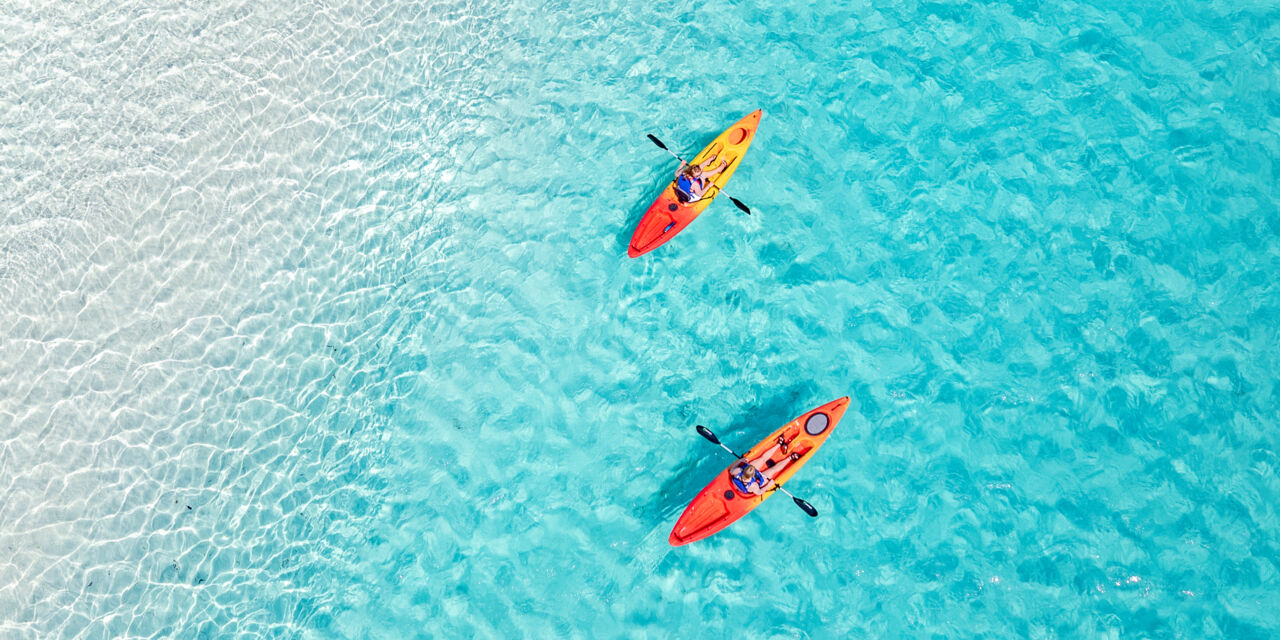
Visiting the Cays
Frequent scheduled tours visit Little Water Cay, Half Moon Bay, Mangrove Cay, and Water Cay from Providenciales and Gibbs Cay from Grand Turk. Boats also commonly visit Pine Cay, Fort George Cay, and Dellis Cay.
The remaining cays are only really accessible via custom charters or tours. If you’d like to visit a particular island, contact a boat cruise or outdoor adventure business.
Wilderness Trips
The best way to see the country's least visited islands is on a wilderness trip with an experienced guide.
Much of the ocean in the Turks and Caicos is very shallow and only accessible by kayak or flats boat (and not the typical tour boat). A few companies offer custom kayaking trips to world-class remote locations in the country.
Camping on a cay is an unforgettable experience and typically gives you more time to explore.

